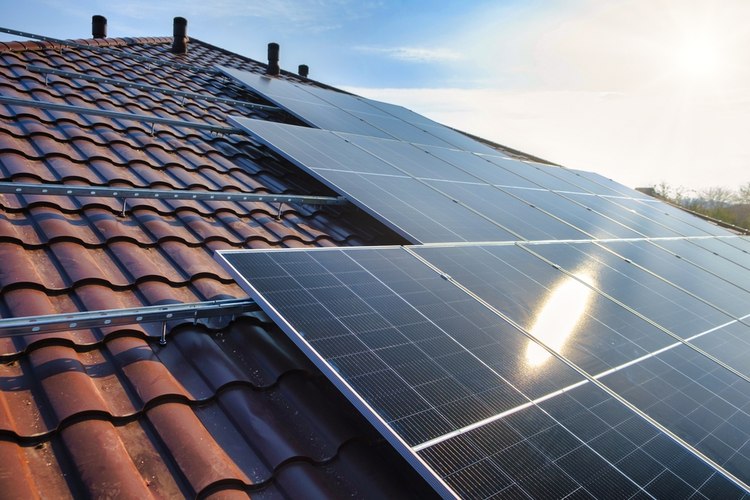Solar Roof Guide: Solar Tiles, Panels, and Home Integration
A solar roof combines building materials and electricity-generating technology to turn a house’s roof into a functional energy system. Advances in solar tiles and integrated roofs offer alternatives to traditional solar panels, blending aesthetics with performance. This article explains how these options work, what to consider for your roof, how solar panels and tiles differ, and how solar energy can integrate with a typical home electrical setup.

What are solar tiles and how do they work?
Solar tiles — sometimes called photovoltaic (PV) shingles or modules — are individual roof elements that generate electricity from sunlight while serving as the roofing surface. Unlike conventional rack-mounted panels, tiles are designed to be part of the roof plane and often match roof lines and materials more closely. They contain photovoltaic cells encapsulated within weatherproof housings and link electrically across the roof to feed an inverter. Performance depends on cell type, tile layout, roof orientation, and shading. Solar tiles are best suited to homeowners who prioritize curb appeal and long-term integration.
Is a solar roof right for your property?
Choosing a solar roof depends on roof condition, pitch, orientation, and local regulations. A structurally sound roof with adequate sun exposure and minimal shading typically performs best. If your roof needs replacement soon, combining a new roofing surface with integrated solar tiles can simplify long-term maintenance. Permitting and local building codes influence feasibility, so checking local services and zoning is essential. Homeowners in regions with good sunlight and supportive local policies may capture more value from a solar roof than those in heavily shaded or strictly regulated areas.
How do solar panels compare to tiles?
Solar panels are modular, often higher-efficiency, and usually less expensive per watt than integrated tiles. They sit above the roof on racks and can be installed relatively quickly on many roof types. Solar tiles, however, offer a low-profile look and can replace roofing materials for a seamless appearance. Panels may be preferable when maximizing energy output and cost-effectiveness is the priority, while tiles appeal to homeowners seeking aesthetics and long-term integration. Both options require inverters, wiring, and compatible roof structure; trade-offs include upfront cost, maintenance access, and visual impact.
Can a solar system suit every house?
Not every house is an ideal candidate. Roof angle, azimuth (direction), age, and structural capacity are important. South- or northwest-facing roofs typically perform better in many regions, but east- and west-facing installations can still be effective. Complex roofs with many dormers or heavy shading reduce potential generation. Older roofs may need reinforcement or replacement before adding solar tiles or panels. Home electrical configuration, available space for batteries or inverters, and local installer expertise also shape whether a solar system is practical for your house.
What are the benefits of solar energy for homeowners?
Solar energy provides clean, on-site electricity generation that reduces reliance on grid-supplied power and fossil fuels. Homeowners can see improvements in energy independence, potential long-term utility bill reduction, and increased property resilience when paired with battery storage. Environmental benefits include lower household carbon emissions over the system’s life. Additionally, integrated solar roofs can preserve or enhance home aesthetics compared with visible panel arrays. Maintenance is generally periodic — cleaning, inspections, and inverter care — and modern systems include monitoring to track performance and detect issues.
A well-planned solar roof project balances energy goals, roof condition, and local rules. Engage qualified roofers and licensed solar electricians to assess load capacity, recommend suitable tile or panel technologies, and ensure compliance with permits and safety codes. Consider adding battery storage if you want backup power during outages or to optimize self-consumption of generated solar energy. Also factor in inverter type (string, microinverter, or power optimizer) to match shading patterns and desired monitoring capabilities.
Conclusion
A solar roof—whether realized with solar tiles or traditional solar panels—offers a way to harness solar energy while meeting aesthetic and functional goals for a house. The right choice depends on roof attributes, budget, and priorities such as appearance versus maximum output. Careful evaluation of roof condition, local permitting, and installer experience will help determine which approach delivers the best long-term value and performance for your home.






